- Joined
- Jul 9, 2019
- Messages
- 497
- Points
- 323

Thanks for the review Uwek. Any chance you could get the image attachments to display full, so we don't have to click the links?
 |
As a way to introduce our brass coins to the community, we will raffle off a free coin during the month of August. Follow link ABOVE for instructions for entering. |
 |

Hallo Eric,Thanks for the review Uwek. Any chance you could get the image attachments to display full, so we don't have to click the links?

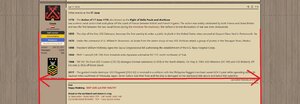


Many thanks for the comment and detailed observationLike building a house; the more attention to detail in the framing the better the outcome. Should result in outstanding alignment of the frames! Are there 77 frames- looking at the numbering in the pictures above?

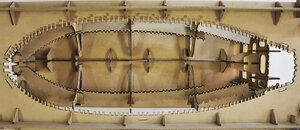
...
For some it is maybe a little bit boring to see some relatively similar photos, but the main intention is to make also an additional guide for other modelers which will follow.

That is a good idea, I was thinking about the same, because the laser char is really blackHi Uwe,
I think it is a good idea to give the jig a very thin coat of clear vanish, to protect the cherry timber of the model for the soot of the laser.
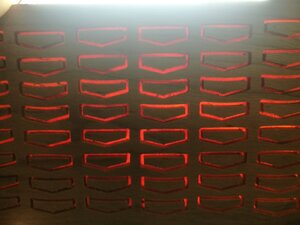
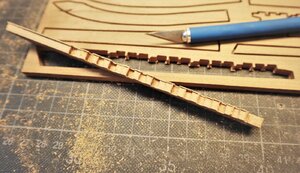
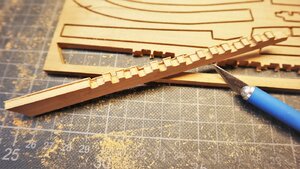
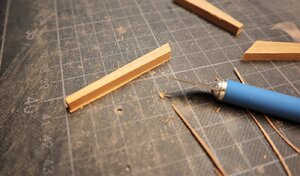
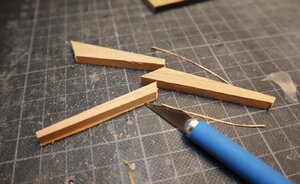
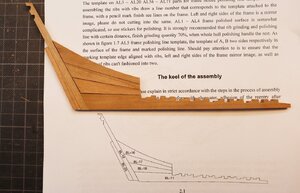
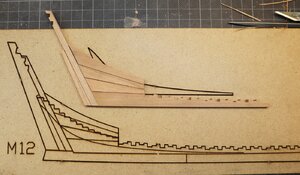
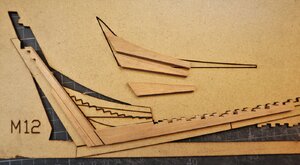
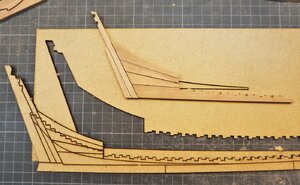



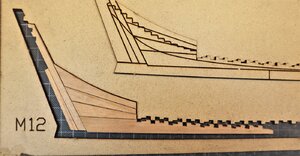
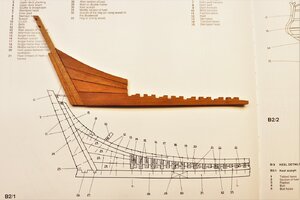



I usually use this kind of knife to cut ABS board, but I can be sure that this kind of knife is absolutely not suitable for this kit

I also think this kind of sharp knife is very easy to use.Yesterday I touched the first time the "permanent" timber, so I started the elements of the keel, deadwood and inner post.
It was the first attempt to get familiar with the cnc cut boards
as shown in the kit review the wooden boards are on purpose not cut through the complete thickness - you see this when you hold such a board against the light
View attachment 158451
removing the necessary part from the wooden board I used a new sharp blade cutting more or less in the middle of the slot - easy to do, only to take care not to touch the part during the cut. But the slots are wide enough to do so
View attachment 158441
With this way you get the part easily removed from the board
View attachment 158442
View attachment 158443
Next step was to follow with the knife the edges to remove the thin left over
View attachment 158444
In an e-mail @Trident Model mentioned to me, that with a curved knife it is even easier to do - maybe you can show such a knife here?
But also with a "normal" sharp knife it is easy to do - afterwards some small a careful moves with a fine rasp or sandpaper and you have a clean prepared wooden part in hand
